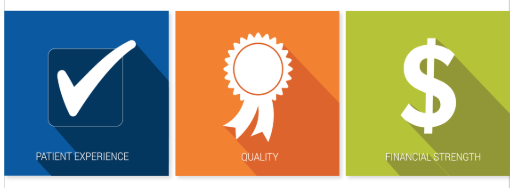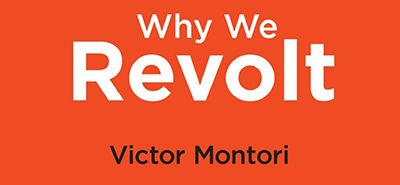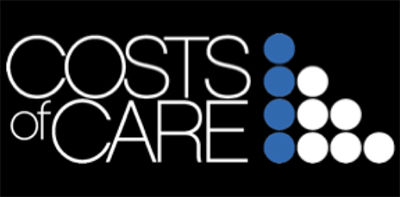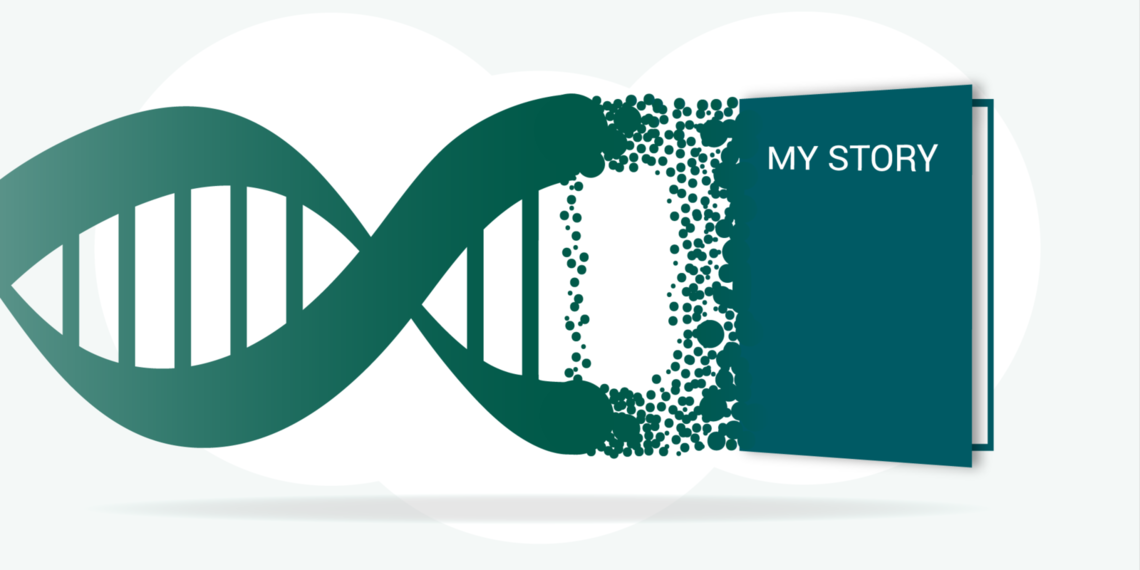health care, we’ve had a remarkable decades-long run advancing the science of medicine with a focus on understanding and improving the biology of our patients. We’ve made significant progress with innovations like targeted biologic agents to treat cancer, minimally invasive aortic valve replacement, and living donor transplants. But, by narrowly focusing on the technical steps needed to “fix” patients, we lose sight of their everyday needs and priorities. We don’t place as much emphasis on a patient’s biography, their unique story, as we do on their biology.
You’ve heard me talk before about my sister’s cancer care. When I spoke with her about our current approach to safety and “evidence-based” quality improvement strategies, her succinct response was, “But those are my expectations of care. Aren’t you trained well? Don’t you know the right evidence? My expectation is that you make the right diagnosis, prescribe the right treatment, and that you don’t harm me along the way. That’s my expectation.”
In health care we have a remarkable opportunity to strive for a higher purpose—combining the patient’s biology with their biography. It is a little more complicated, but a lot more important. It requires a shift in our thinking to be more accountable for outcomes and to embrace the responsibility of three distinct challenges.
#1: Helping patients live their very best lives

Learn how U of U Health is moving from benchmark-driven to outcome-focused care delivery.
Helping patients achieve the best possible quality of life not only relies on technical aspects of care, but also placing technical aspects within the context of a patient’s unique circumstances. We need to develop ways to better understand what’s important to the patient, what barriers they might face, and work as partners in helping them meet those goals.
Acknowledging the patient’s unique needs creates a bit of humility in health care. We can’t fix everything. But we can partner better with our patients to address outcomes that matter to them. We can be an anchor in our community by connecting patients to necessary resources and by better advocating for those things that help our patients be healthier and happier.
"Acknowledging the patient’s unique needs creates a bit of humility in health care. We can’t fix everything."
At U of U Health, we’re working on doing this more effectively and systematically. Dr. Josef Stehlik and team help heart failure patients both survive AND continue to lead fulfilling lives. Lisa McMurtrey and the Burn Clinic team support both physical and emotional recovery from burns using patient-reported outcomes. Redwood’s Anna Gallegos has made it easier for refugees to get the care they need by partnering more effectively with resettlement agencies. Dr. Mark Supiano is leading our system to deliver better care for aging patients, starting with a simple question: in addition to what is the matter, what matters most to you, the patient?
#2: Making it easier to be a patient

Learn about small actions you can take to empower patients, caregivers, community advocates, and clinicians to revolutionize health care.
Unintentionally, the complexity of care often places a heavy burden on patients and their families after they leave our clinics or hospitals. We have an opportunity to understand how to make it easier to be a patient. How can we prescribe treatments or regiments that require less work by patients and families? How do we coordinate ourselves so that we’re not asking patients to drive back and forth to the clinic and hospital for various appointments? How do we reduce the time required to “be a patient” so that they can spend more time healing and maintaining health and less time managing logistics? The burden of receiving health care should be in the background, not the foreground, of our patients’ everyday lives.
"The burden of receiving health care should be in the background, not the foreground, of our patients’ everyday lives."
We’ve been working to reduce the burden of being a patient or caregiver for over a decade. Huntsman’s mammography team addressed a source of anxiety for patients: waiting for mammography results. Nearly 6 years ago, they reorganized to deliver same-day results. Bernice Tenort and Dr. Brett Einerson reorganized workflow and staffing to ensure a seamless experience for patients delivering a baby through elective induction.
#3: Own the responsibility of making care more affordable

Learn how one organization is curating global frontline insights to develop a framework for health care affordability.
New figures show that we spend an astounding $11,000 per year on health care for EVERY SINGLE American. All the players in health care—hospitals, doctors, pharmaceutical companies—recognize that health care costs too much in the United States. But are we collectively willing to shoulder some of the responsibility and be part of the solution? If we are serious about the ethics of health care, we must embrace our shared responsibility to help make health care more affordable.
These high costs are not just a macroeconomics problem, but a personal one. More dollars of our personal budgets are going to pay for health care. Of the 750,000 people in the United States who filed for personal bankruptcy last year, 2/3 filed due to medical-related debt. It’s no surprise that affordability is the single most important element of “value” for our patients. We have an opportunity and a moral responsibility to be a part of the solution.
"We have an opportunity and a moral responsibility to be a part of the solution."
In 2012, our organization began addressing the internal cost of care through our value-driven outcomes project (VDO). Cost reduction has led teams to reduce variation in care and introduce standardization where appropriate and possible. The transplant team, led by Sharon Ugolini, standardized testing for solid organ transplant patients. Dr. Claire Ciarkowski and the hospitalist team continue to work on reducing unnecessary labs for hospitalized patients. Orthopaedic’s joint replacement team worked to reduce post-acute care, a costly and often unnecessary step for patients recovering from a hip or knee replacement.
Up for the challenge
We have a remarkable opportunity to continue meeting our patients’ expectations for safe, high quality care while embracing a broader accountability for making a positive impact on our patients’ daily lives. Doing so will focus us on these three challenges—outcomes, experience, affordability—the very things our patients need from us.
Bob Pendleton
Utah’s Chief Medical Quality Officer Bob Pendleton describes a strategic challenge faced by many industries, including health care. We are at risk for prioritizing achievement of metrics over our purpose. He challenges us to think beyond metrics to what patients actually need from us: patient-centered, outcome-focused, affordable care.
Virtual care is the way of the future. How do clinicians trained in a face-to-face world transition their skills for a virtual care environment? Physician assistant Jonathan Chao shares three ways Urgent Care delivers expertise and compassion in a virtual world.
Patient Experience Program Coordinator Corrie Harris and Project Administrator Shayma Salih explain how to get valuable patient feedback early in your improvement efforts by meeting with the U of U Health Patient Design Studio and Advise Utah.
